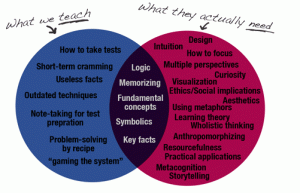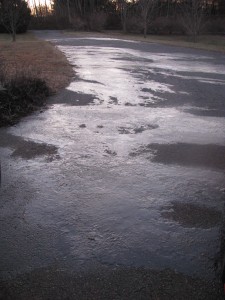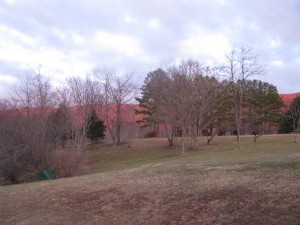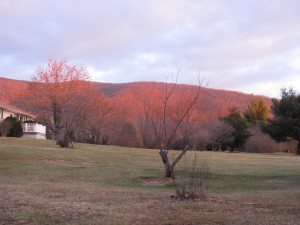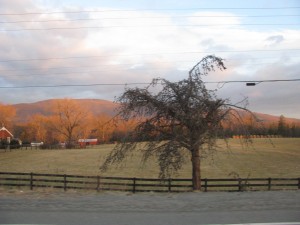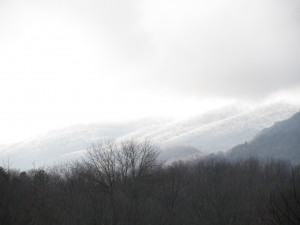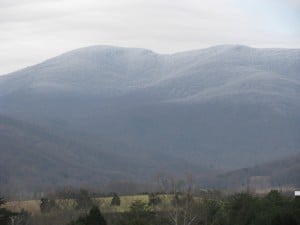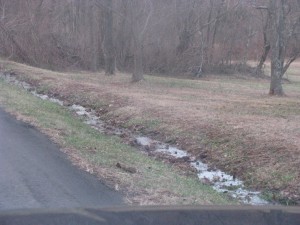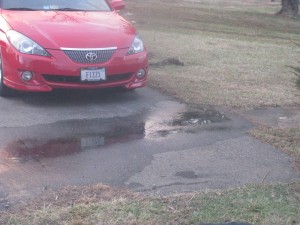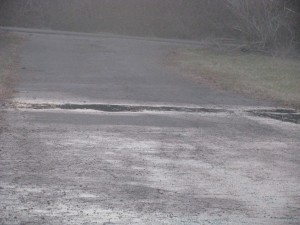This morning, @MattGuthrie and I were talking about how fast and furious #edchat goes and how we wish we could preprime the pump with some thoughts to get people thinking more deeply ahead of time. We decided to take it on–he wrote about question # 1 (With an overloaded curriculum, what should be emphasized and what should be eliminated?) and here are some thoughts on question # 3-Should the current system of grading be outlawed and replaced with something more “21st Century?“
A caveat: The following post is created from notes I took in a talk given by Carol A Tomlinson, a brilliant educator and differentiation guru that I am lucky and blessed enough to call my friend and colleague. The stories are mine, the brilliance is hers!
There are some pieces of and questions about the grading puzzle that I believe teachers may not even consider.
- The power of grades to impact students’ lives creates a responsibility in giving grades.
- In what ways do our current grading systems motivate struggling readers to persist in the face of difficulty?
- Is there an opportunity for struggling learners to encounter excellence in grading?
- Do grades teach our brightest students to struggle in the face of difficulty?
So, what keeps us going as learners? If we experience success as a learner, then it may be something we want to keep doing. If we need to put forth too much effort, then perhaps we quit. (I can’t imagine trying to light a bulb 1000 times, as the poster says Edison did before he succeeded!) The success to effort ratio needs to be in balance for learners to WANT to keep going. If success is heavier, then learners learn to be lazy. If the effort is heavier, learners tend to give up.
Here’s my personal story on that one: I know a kid who, in 4th grade, bright, but LD as one can be, started becoming a reader that December–took books EVERYWHERE, read all the time, discovered authors–and was reading on grade level. Family pulled him OUT of SPED for literacy, and the teacher was supposed to transition him into the regular classroom. However, he didn’t do his Accelerated Reader tests, so got an F on his report card in January. When Mom went to see the teacher, she literally said to Mom–“What grade do you think he should get? I’ll change it to whatever you want.” The kid has struggled through school and at the F, quit reading–his words were “why should I try? I can’t do anything right.” He STILL has not regained that attitude of wanting to read. . . and this is several years later.
There is truth in the saying success breeds success. When one invests in learning and finds success, then one is more likely to repeat that risk. BUT, for other students, year upon year of “not good enough” results in lack of effort, and a seemingly uncaring attitude. I’ll say again, though, as I did in my last post, that I simply don’t believe students come to school saying to themselves, “I want to be a failure today.”
So, the big questions become:
What role should grades play in regards to the success to effort ratio?
and
Can we do anything to moderate the negative effects of grading?
Let’s think about some people in real life who get judged on their performances every day they work—like sports players or musical performers, and look at how they learn as we think about some key principles of effective grading:.
1. It’s unwise to overgrade student work. Coaches don’t grade practices—the judgement comes in at the game—or at the recital!
2. Why would anyone think grading a pre-assessment is wise? That’s what‘s supposed to give us information as to what to teach and how to group. Why grade someone on something they are ABOUT TO LEARN?
3. I’ll say it again—Coaches don’t grade practices, so why over-grade ongoing assessments? Students need opportunities to practice, analyze work, and learn from errors in a safe context. The formative assessments given should be just that—formative—not final grades.
4. Use summative assessments as primary data for grading. Grades should be reliable over time, meaning that the results of any given test on the standard would be relatively the same for the same kid.
5. Grades should be based on clearly specified learning goals. Is the learning target clear? Do students clearly understand what they need to know, understand and do?
6. Grades should be criterion-based, NOT norm-based.
In norm based grading systems, the human factor suffers:
a.) There will necessarily be winners and losers competing for scarce rewards.
b.) The implications for learning environments are predictably negative.
c.) The outcomes for both struggling and advanced learners carry high negatives as well.
Students should be striving to reach the standards that have been set for them to learn, not competing against classmates for the top part of the bell curve.
In norm based grading systems, clarity of communication suffers:
a.) A could be the “best worst”
b.) C could be “knows the stuff but doesn’t look so great compared to others”
In norm-based grading systems, confusion and lack of clarity reign as no one really knows what that A or C really mean.
So what do those key principles look like in practice?
1. Data used for grading MUST be valid and measure what we intend to measure –mastery of the material.
Grades we give MUST be free of grade fog. In a standards-driven classroom, how can we take points off for talking in class, or students not putting their name on the paper, or not finishing several homework assignments?? Those types of requirements can be dealt with separately, but must not be confused with the student’s understanding and mastery of the content.
2. Grades should be given later in the learning cycle rather than sooner.
If we are doing our job, the students SHOULD know more as the semester goes on—so earlier misunderstandings should not be part of a grade that shows (or doesn’t show) final mastery. IF, in the end, the students show mastery, why grade them down for earlier mistakes? Isn’t our goal for the student to master the material?
Again, crucial to remember is: The power of grades to impact students’ lives creates a responsibility in giving grades.
3. When it’s time for report cards practice 3-P grading
Students, parents and others deserve to know the extent to which the learner has learned agreed upon goals. Using SINGLE letter grades with no clear meaning is an issue. We should perhaps be giving three grades—or three ways of reporting:
*Performance (based on criteria and performance standards)
*Progress (progress/improvement)
*Process (work habits, effort, attitude)
Shouldn’t all learners know the material, show progress and growth, and know what to do when they don’t know what to do (have strategies)? If those are our goals, then, why are we not reporting—and students self-reporting– on each and every part of the three Ps??
I believe these grading practices ARE contemporary. . and yes, the system many teachers use SHOULD be outlawed, but it’s not about outlawing grading–it’s about grading–or reporting–or assessing–or giving feedback– responsibly and effectively!
Post Script (and post-edchat): I ‘m not sure anyone is saying we should keep grades. I am saying it is a reality of most of us and IF we have to do it, until the system changes, we should do it responsibly and not pull in all those foggy facts of talking in class, doing (or not) homework, neatness, names on paper, etc. as part of the summative grade. Those go in another area–process or maybe even progress, depending on the prior conversations.
It absolutely IS, as Will says below, all about what you can do with what you know, NOT the grade. We need to be moving towards that faster in schools.
It IS , as Chad says below, about leveraging inquiry to help students design and participate in authentic, personally meaningful learning opportunities.
It IS, as Karen says, about coming to common understandings about grades (while we have to use them.)
It IS, as Michael says below, about students owning their own competency and learning.
It IS, as Matt reminds us, about “big paradigm shifts.”
But mostly, for me, right now, it’s about getting all of us as educators to talk about grading practices, to wrestle with it, to challenge each other’s thinking, to share great ideas, to work together to figure out how to give feedback and assess well and SHIFT those paradigms so children don’t go through experiences like the kid cited above.
You guys sure have made ME think, and for that, I thank you mightily!
Matt Guthrie (@mattguthrie) and I started this topic and his blog on overloaded curriculum to pre-load the conversation at #edchat and make it deeper, not just occurring in 140 characters. I think we succeeded. We hope you’ll continue it at the Educator’s PLN ning–or somewhere.


